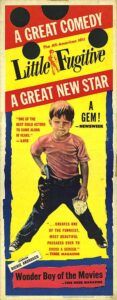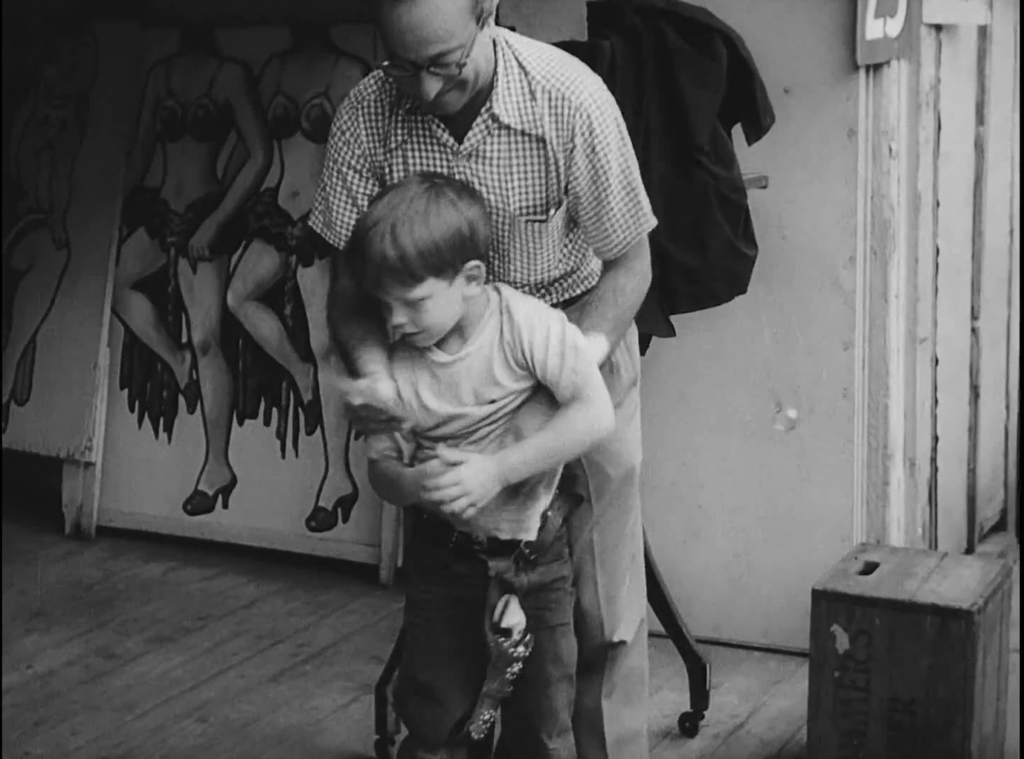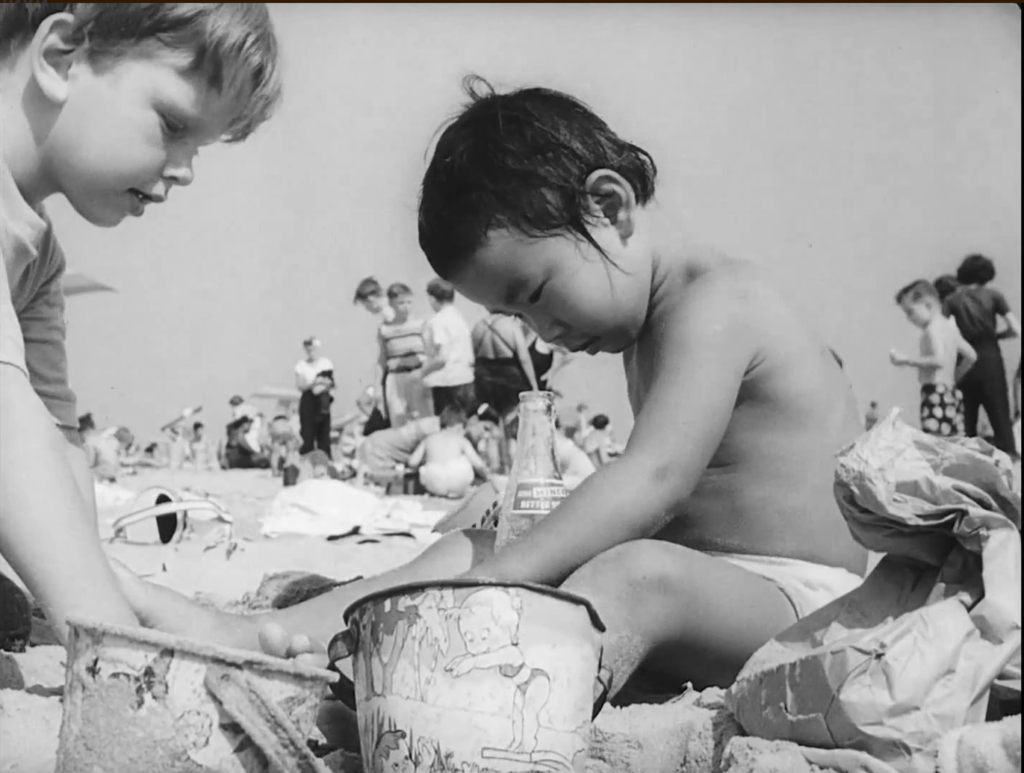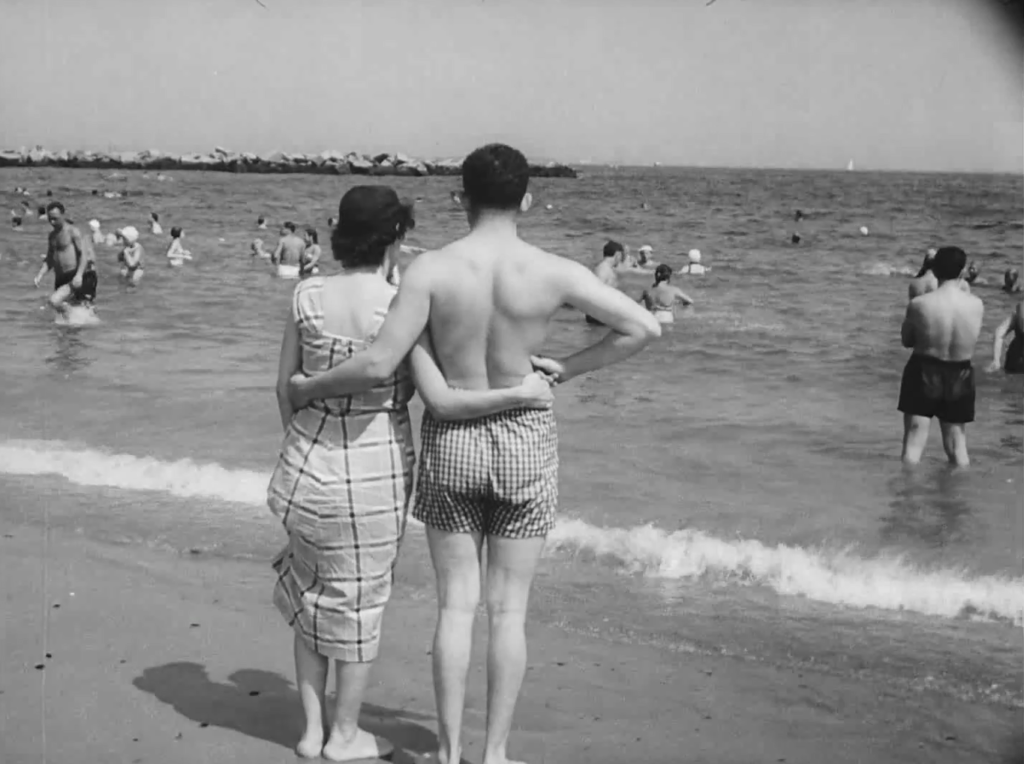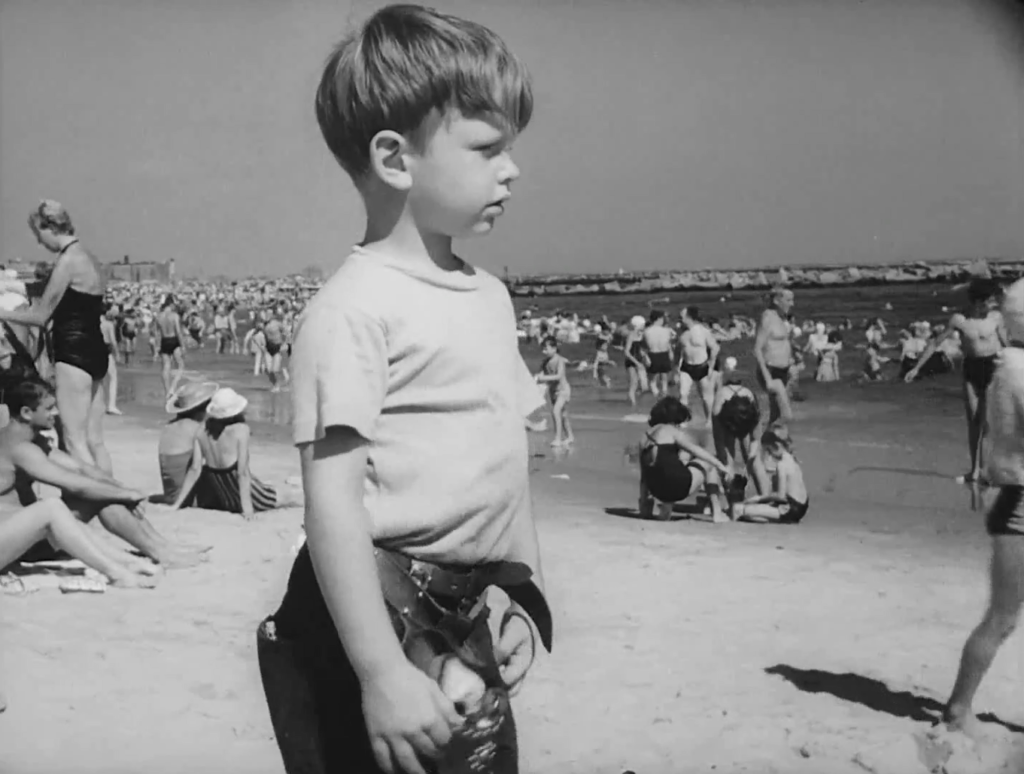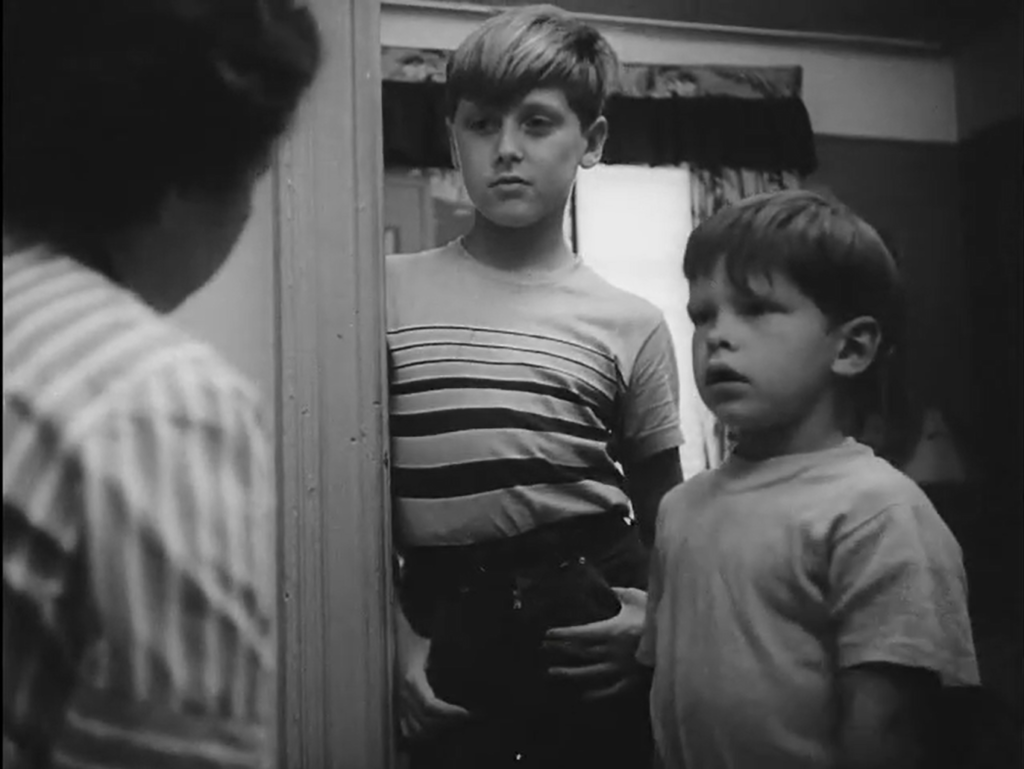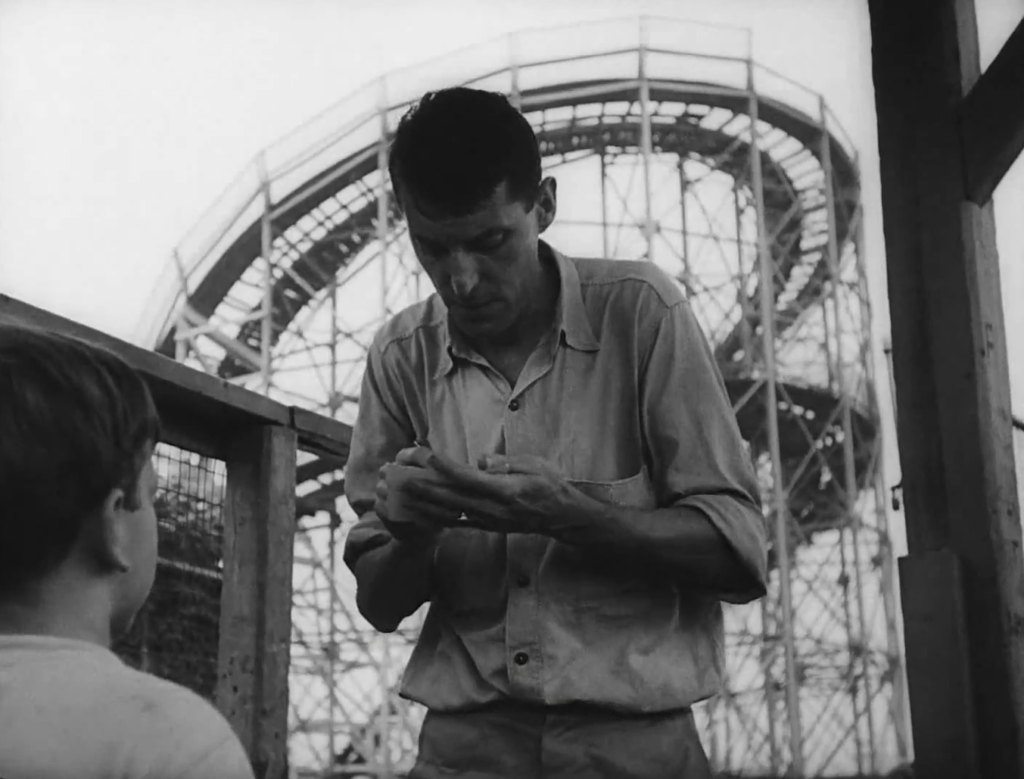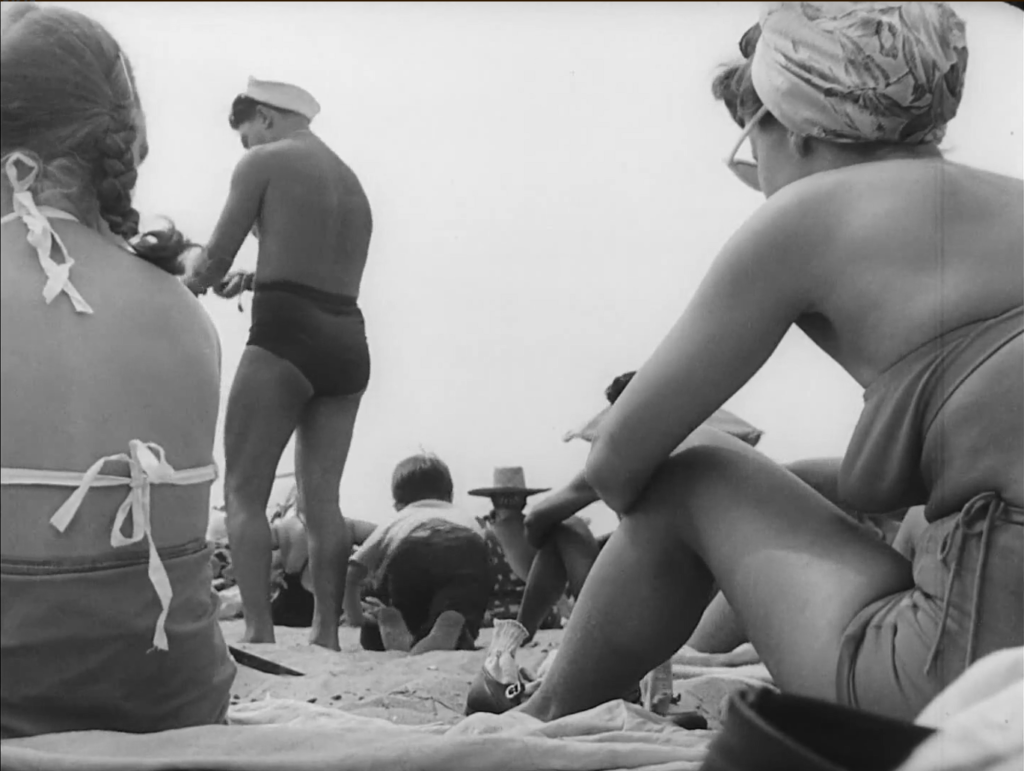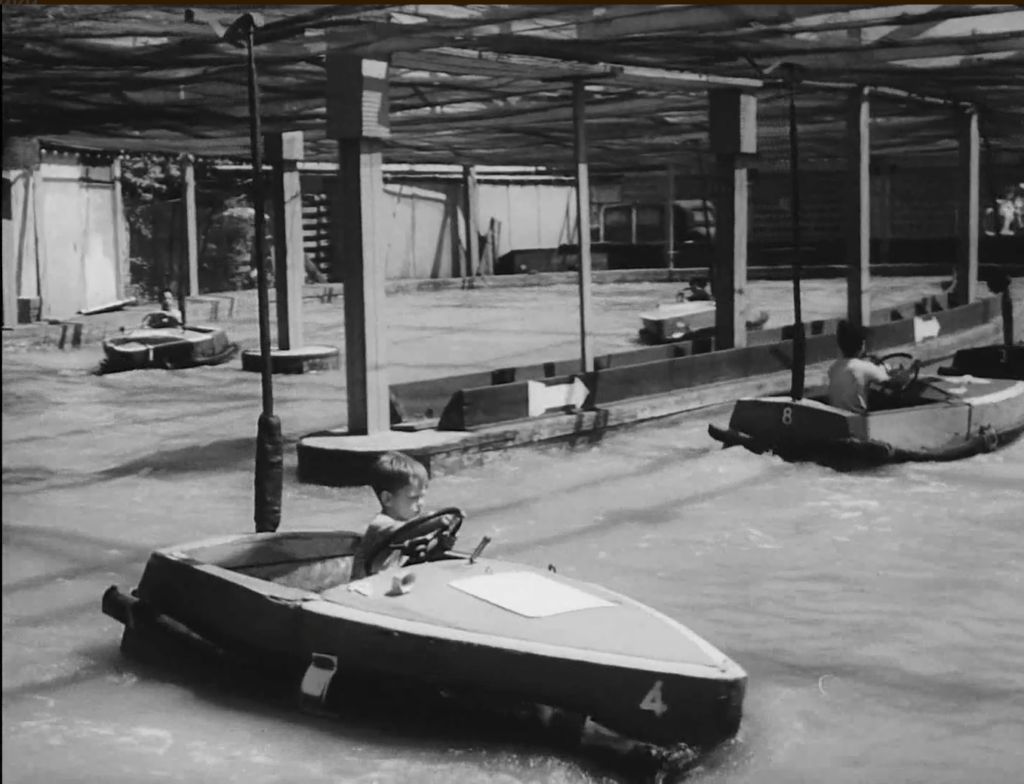Little Fugitive (1953)
[Note: The following review is of a non-Peary title; click here to read more.]
“Ya shot him, Joey! Ya shot your brother!”
|
Synopsis: |
|
Genres, Themes, Actors, and Directors:
Review: It’s remarkably easy to forget that Little Fugitive (an exemplar of American neo-realism) is a fiction film, given how fully “invested” unknown Richie Andrusco is in the central role of Joey; it’s his ease in front of the camera that propels the story through its mostly wordless screenplay. Richard Brewster as Joey’s brother Lennie does a fine, natural job as well, as does Jay Williams (playing himself?) as Jay the Pony Man at Coney Island, who becomes Joey’s closest pal. At times the film’s ultra-low budget is glaringly apparent, especially when it comes to sound; indeed, the entire film was shot without sound, to save money, with dialogue dubbed in later, and Foley artists providing ambient sound. However, once you accept this limitation, it simply adds to the film’s overall charm. Another low-budget concession — Lester Troob’s harmonica-rich score in place of a “traditional” orchestral score — is a winning element as well, and quickly becomes a defining aspect of the film (I love how Joey later finds an abandoned harmonica on the beach, thus creating an additional meta-narrative tie to the score). There are many memorable moments sprinkled throughout the movie: my favorites include Joey fooling around with an old-fashioned view camera while its operator is away processing a still (I love the cameraman’s reaction when he comes back to find Joey under the camera’s hood — he’s bemused rather than annoyed): … and Joey carefully convincing a baby on the beach to give up the glass bottle he’s been using as a sand toy. (Given that Engel and Orkin used “real” extras, the cultural mix of visitors is refreshingly authentic.) Equally fascinating, however, are the many “time capsule” shots — functioning as ambience rather than to propel the narrative — which simply show Coney Island as it once was, with lovers and families of all kinds out for a good time. Redeeming Qualities and Moments:
Must See? Categories
Links: |
